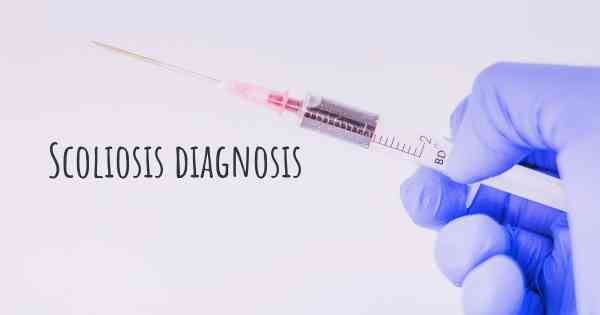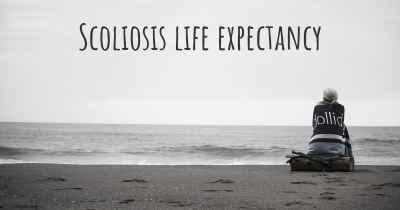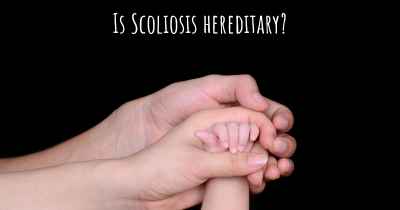How is Scoliosis diagnosed?
See how Scoliosis is diagnosed. Which specialists are essential to meet, what tests are needed and other useful information for the diagnosis of Scoliosis

Scoliosis is a medical condition characterized by an abnormal curvature of the spine. It can affect people of all ages, but it most commonly develops during the growth spurt just before puberty. Early detection and diagnosis of scoliosis are crucial for effective treatment and management of the condition.
Diagnosing scoliosis typically involves a combination of medical history evaluation, physical examination, and imaging tests. Here are the key steps involved in the diagnostic process:
- Medical history: The healthcare provider will begin by discussing the patient's medical history, including any symptoms experienced, family history of scoliosis, and any previous treatments or surgeries. This information helps in understanding the potential risk factors and underlying causes.
- Physical examination: The healthcare provider will perform a thorough physical examination to assess the spine, shoulders, hips, and ribcage. They will look for any visible signs of curvature, such as uneven shoulder or hip levels, asymmetrical waistline, or a prominent ribcage. The patient may be asked to bend forward to evaluate the spine's flexibility and to check for any rib hump or other abnormalities.
- Adam's forward bend test: This is a common physical examination technique used to assess scoliosis. The patient is asked to bend forward at the waist with their feet together and arms hanging freely. The healthcare provider observes the spine from behind and checks for any asymmetry or abnormal curvature.
- Imaging tests: If scoliosis is suspected based on the physical examination, imaging tests are usually recommended to confirm the diagnosis and determine the severity of the curvature. The most common imaging tests used are:
- X-rays: X-rays provide detailed images of the spine and help measure the degree of curvature. They are taken from different angles to obtain a comprehensive view. X-rays also assist in identifying any underlying structural abnormalities or conditions that may be contributing to scoliosis.
- Magnetic Resonance Imaging (MRI): In some cases, an MRI may be ordered to obtain more detailed images of the spine and surrounding tissues. MRI is particularly useful when there is a suspicion of underlying spinal cord or nerve root compression.
- Computed Tomography (CT) scan: CT scans may be used in certain situations to provide cross-sectional images of the spine. They can help evaluate the bony structures and identify any abnormalities that may require surgical intervention.
- Monitoring: If scoliosis is diagnosed, the healthcare provider will determine the severity of the curvature and the risk of progression. Mild cases may only require periodic monitoring through regular check-ups and X-rays to assess any changes in the curvature. However, more severe cases may necessitate further evaluation and treatment options.
It is important to note that scoliosis can vary in its presentation and severity, and the diagnostic process may differ slightly depending on individual circumstances. Seeking medical attention from a qualified healthcare professional is crucial for an accurate diagnosis and appropriate management of scoliosis.
Posted Jan 4, 2021 by Alexandra 650
Posted Feb 21, 2017 by Rett Guatemala 1000








